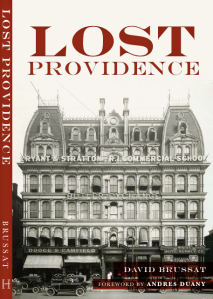
“A Roman Slave Market” (1884), by Jean-Leon Gerome. (Pinterest)
The essay that accompanies the girl being sold at a Roman slave market in the 1884 painting by Jean-Léon Gérôme (1824-1904) tries to cover up the nude with protective words. The writer, Titus Techera, performs an act of charity in his description of the slave girl, her audience who want to buy her, and their relationships with the artist and his own audience (we might add the writer and his audience as well). Techera admits the salaciousness of the painting, distracting us from it and minimizing its leverage over our feelings and, perhaps, helping the girl to feel less exposed. I won’t try to describe the whole essay – better to read it (on the website Ricochet). It is much more straitforward than most examples of art criticism. But here is a passage:
We are the audience of this painting and the scene that attracts our attention has an audience of its own. We are shown the back of a denuded slave girl, as well as her discarded robe, whereas they are shown the frontal view. This may seem like a crazy suggestion, but we need each other to make a whole of our two partial perspectives. The painter, like any of us, knows we have a power in our soul to make wholes of the fleeting, partial things we see. We know what girls look like and this image-making power of the soul would supply what is missing, that we may recognize from an inevitably partial perspective the whole that is a being. That power is our first inner critic, so to speak, letting us know what we see when we look around, and whether the painter has given us an adequate image of that which we know within ourselves.
Gérôme was part of the Academic school of painting in Paris and was among those favored artists challenged by the Impressionists, who held a counter- salon to protest their exclusion from the art establishment. Although the Impressionists did lovely work, the schools of art that followed them lacked not just beauty but the ability to engage an audience with subtle social and psychological commentary on the full range of subjects of interest to society. With the later modernist schools, art became fascinated by itself and itself alone. In what amounted to a hissy fit against realism, art basically threw its own greatest tools into the trash heap. Titus Techera has a good idea of what has been lost. The world of music suffered likewise. Both closely parallel what was lost when architecture threw out the tools of its art.


